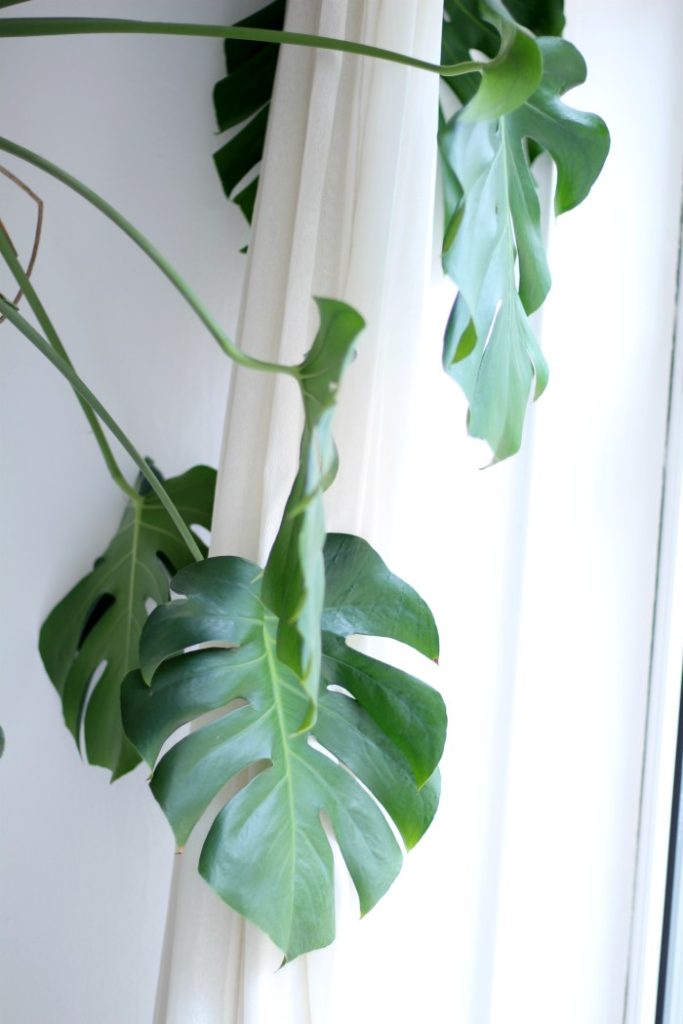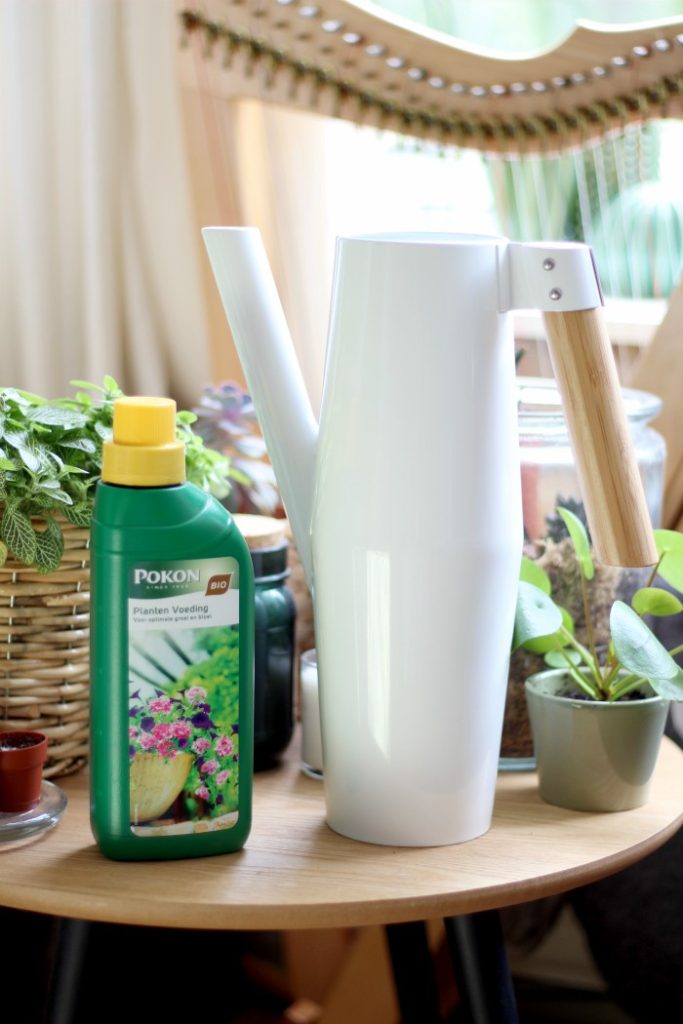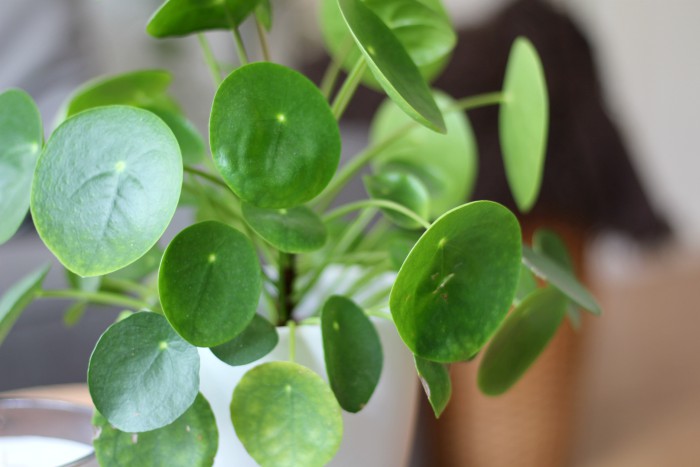A few weeks ago I shared my plant collection with you in a video. I took you on a tour around my home and all the plants in it, as well as on my little balcony. Even though I’m far from a plant expert, I manage to keep most of my plants alive for a pretty long time. A few of them have been with me since I started living on my own eight years ago, and one is even older than I am.
Today I thought I’d share how I take care of my house plants, even though these are pretty much just the basics of plant care. I don’t really do anything special to my plants, but what I do seems to work well enough :)
Location
Plants need sunlight, not only to thrive but to survive at all. I live in a pretty dark, east-facing apartment so in order for the plants to get the sunlight they need, most of them live right next to a window.
When you get a new plant, try to search its light needs online. Each type of plant will have different light requirements, although no plant should be in a completely dark (windowless) room and no plant should probably be in direct, scorching bright sunlight. In general, abundant indirect sunlight is best for most plants.
Once you’ve found a good place for your plant, try not to move it around too much. In the wild, plants are stationary which means they’re made to adapt to conditions where they are rather than moving. Plants don’t like being moved around as it takes them a while to adapt to a new environment.

Food & Drink
Besides sunlight, plants need water and nutrients to survive. Beware of over watering your green babies, though. It’s one of the most common pitfalls in plantcare. Too much water in the soil can cause mold to grow or bring about root rot, which will kill the plant. Make sure you always use a pot with draining holes in the bottom and/or fill the bottom of the pot with a layer of clay pebbles that will help keep excess water away from the roots and prevent “wet feet”.
I water my plants approximately once a week. I check the soil regularly by simply sticking a finger in. If it feels completely dry, I know it’s time to water the plant. If it’s still a bit damp, I’ll either add a bit more water or allow it to completely dry out first, depending on the plant. As a general rule, most plants prefer a dryer environment over constantly wet soil.
Aside from water, plants need a certain amount of nutrients as well. Generally plants extract what they need from the soil, but once your plant has been in the same soil for a while, it might start getting depleated. At that point you can either re-pot the plant in fresh soil, or add a bit of fertilizer. I like to add half a cap of organic, non-plant specific fertilizer to a full watering can about once or twice a month. I also top up the soil when I notice the pot looks emptier than it used to, about once or twice a year.

Pruning
If there’s one thing I learned early on in my plant journey, it’s to not be too afraid of trimming the plant down. Cutting leaves, flowers or whole branches off plants can be terrifying and yes, it can go wrong if you overdo it. However, a little pruning every now and then is necessary for plants to thrive.
I personally go by the following rules. If the majority of a leaf (or all of it) has turned brown and dried up, it’s best to cut it off sooner rather than later. When you trim dead or dying parts off a plant, the plant won’t waste energy on the parts that are beyond redemption and it’ll have more strength to focus on growing new leaves.
Similarly, once a plant starts getting too big, leggy or one stalk grows really long, it’s usually ok to trim it down a little. I do recommend finding out what your specific plant’s preferences are when it comes to pruning, so that you know how much you can trim it down and what time of year you should do so.

Cleaning
Be honest here: have you ever thought to clean your houseplants? It’s something I didn’t realise for a long time but it makes sense. A plant’s leaves are its lungs, and when they’re covered in dust they can’t function. I make sure to wipe down any of my plants with larger leaves regularly, using a damp microfiber cloth. Plants with smaller leaves I’ll spray with water using a spraybottle that gives a fine mist. This helps keep the leaves clean, as well as up the moisture around the plant a bit. A light misting is often beneficial for indoor plants, especially in winter when you tend to have the windows closed and the heater on.
I also make sure to check the soil regularly and clean it off any fallen leaves or other things I might find there. You want to avoid anything rotting in/on your soil as it might affect the plant, as well as smell bady and attract insects.
And that’s basically it! Unless there’s a specific issue I’m dealing with, this is generally what I do to take care of my houseplants. When it comes to specific issues though, I must say Google is your best friend. There’s an incredible wealth of information out there concerning plants and troubleshooting them, any issue you have has very likely been discussed on a blog or forum before.
Plants really don’t require that much and they are an absolutely wonderful addition to any household. They bring life to your home, help purify the air, have a calming effect on the nerves and they make wonderful interior accessories. I think everyone should have at least one plant in their home!






